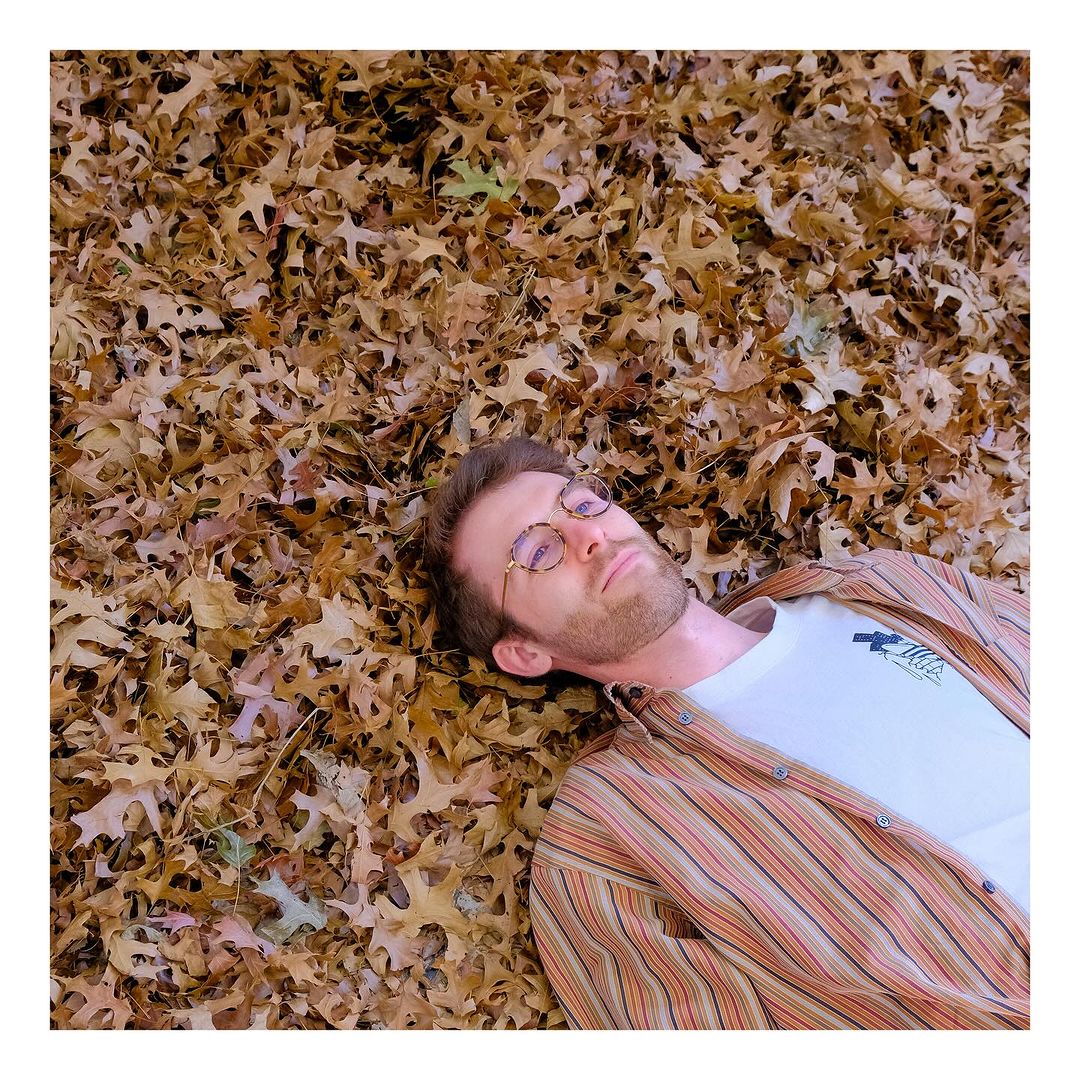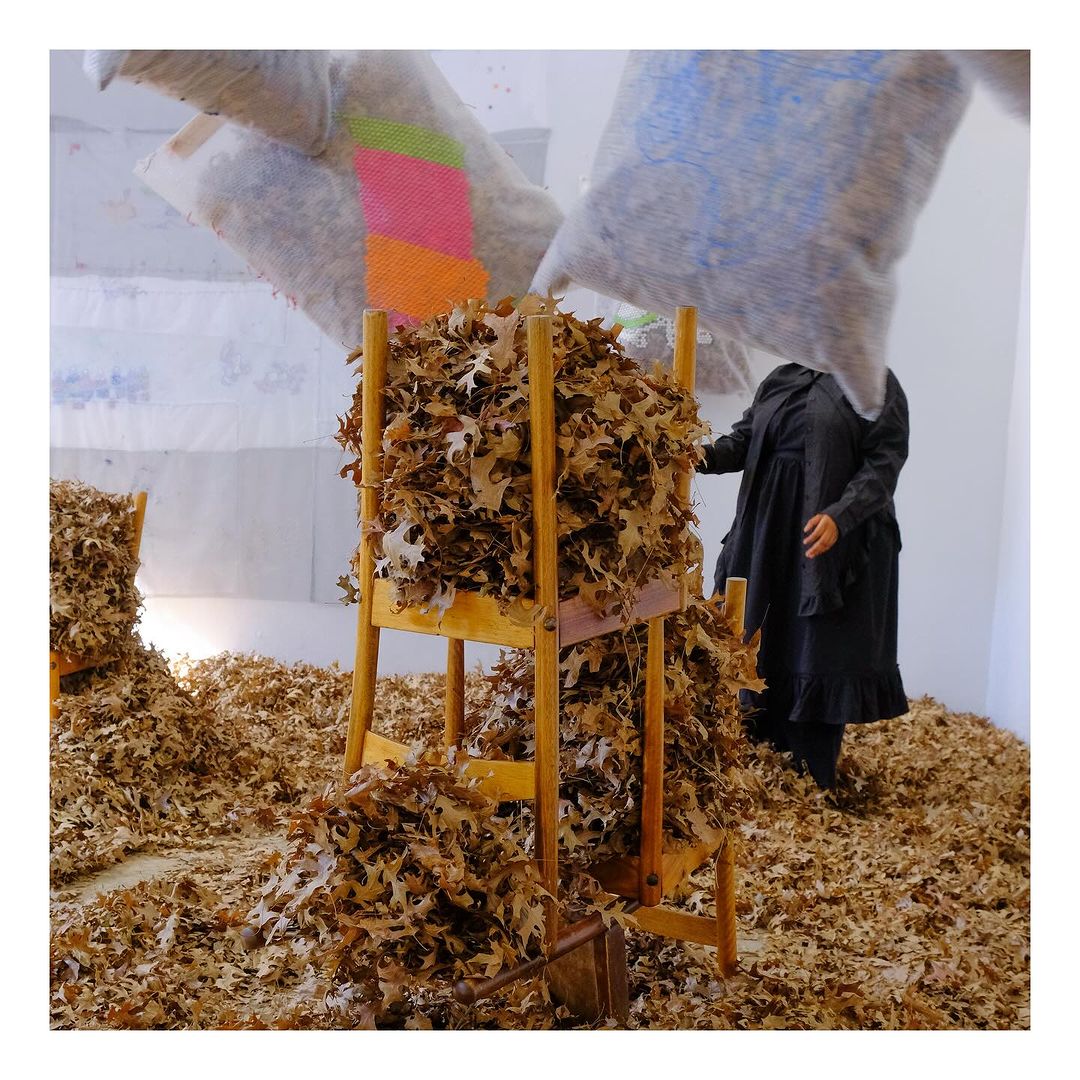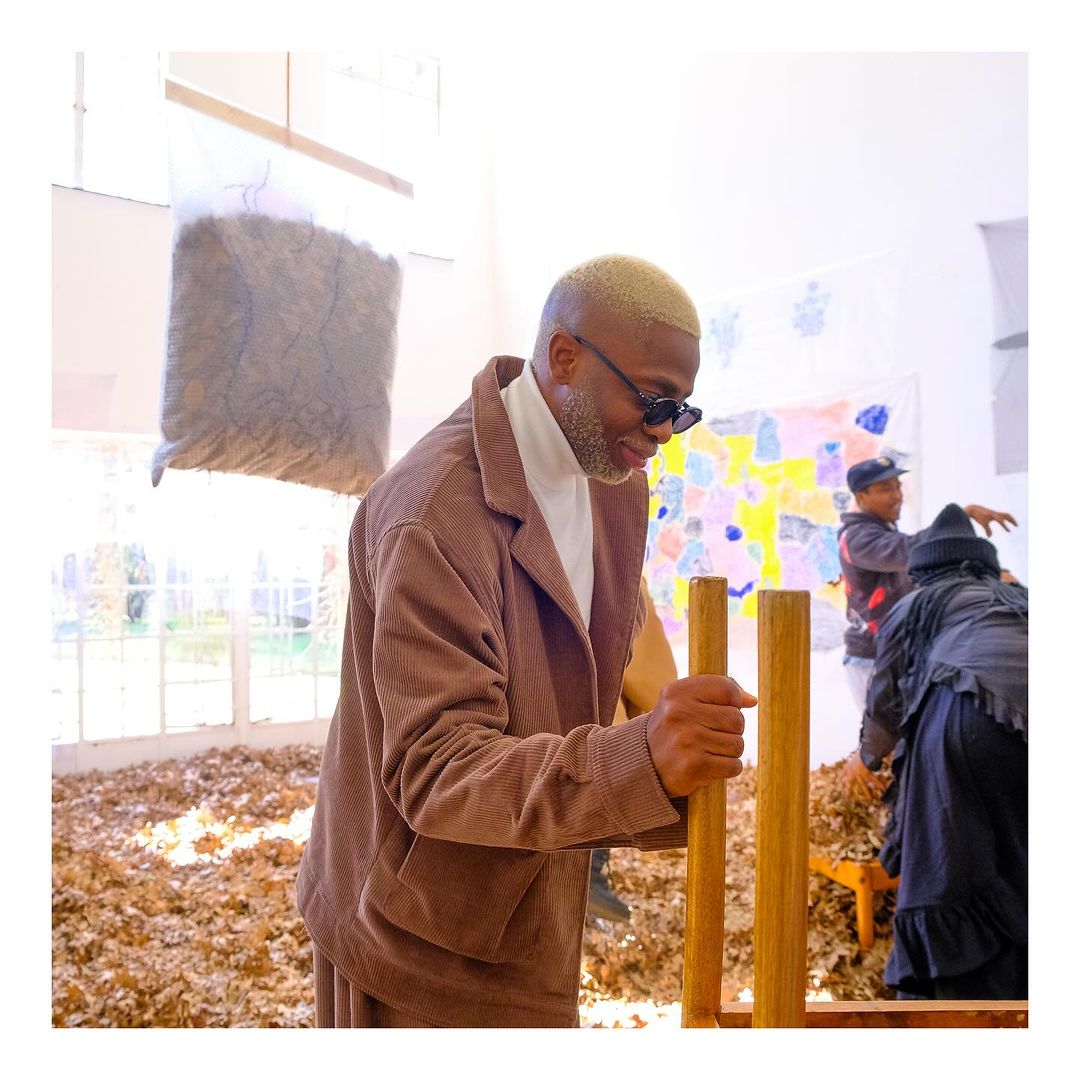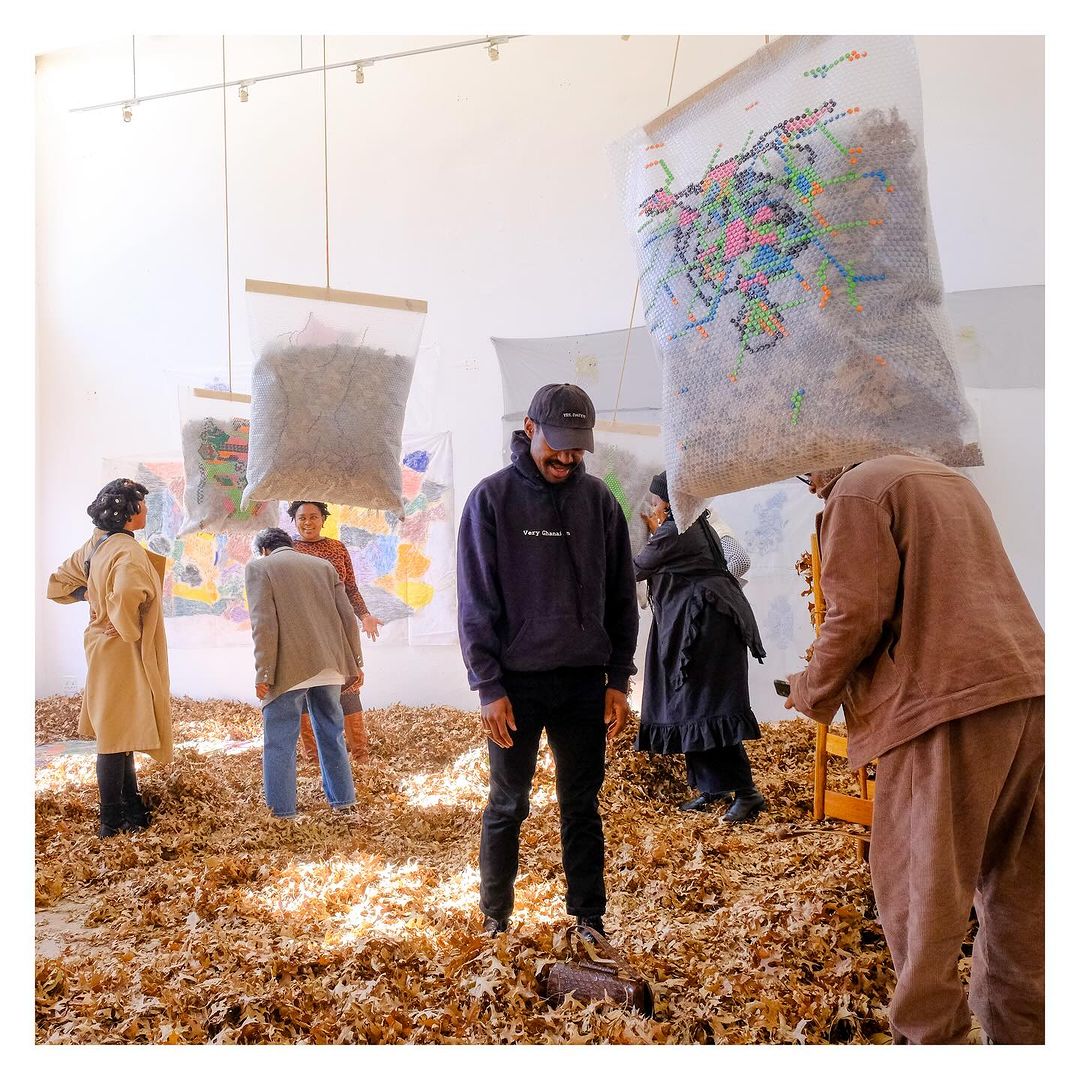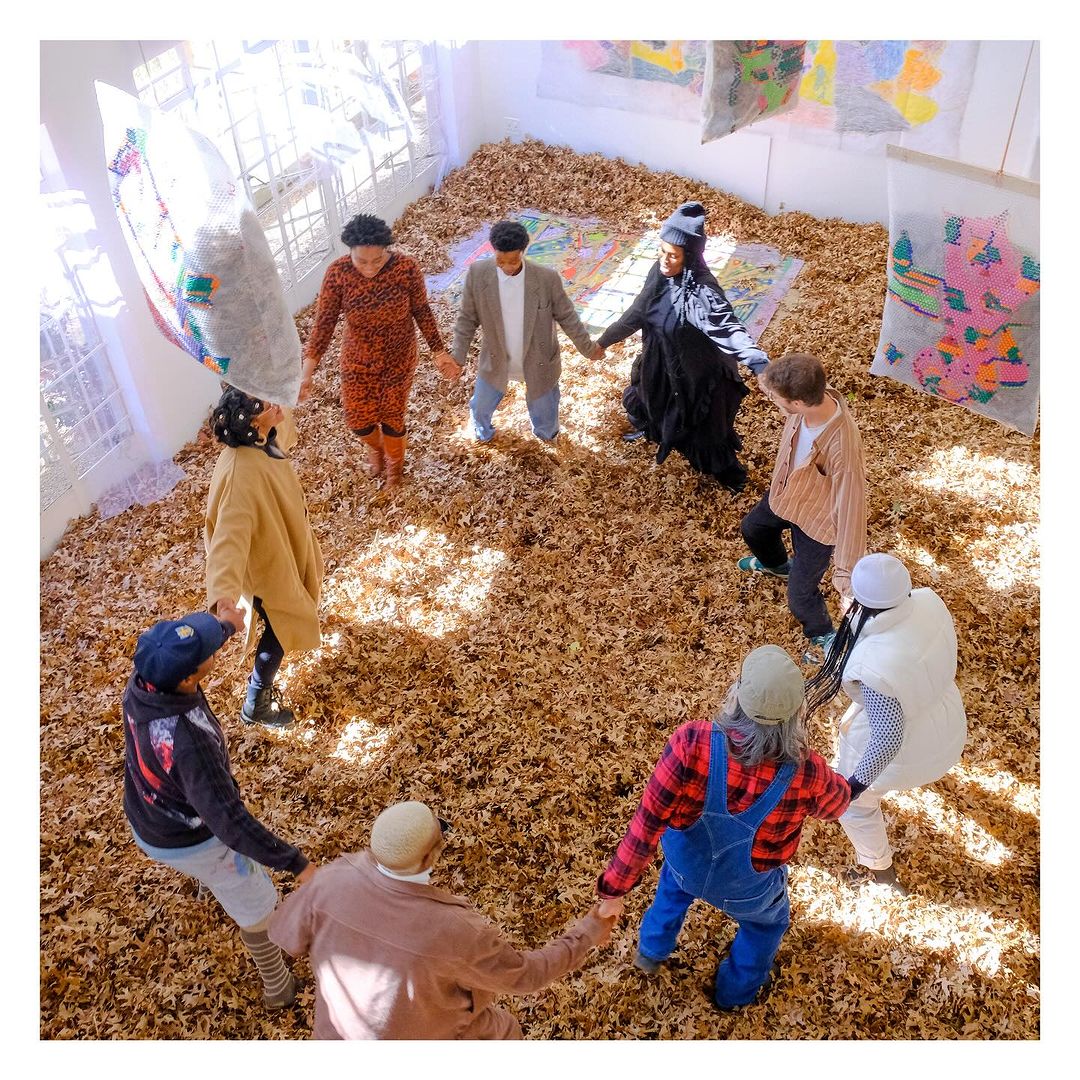It seems apt to trek across the land on a brisk Sunday morning to attend an exhibition themed around the duality between work and play. On the 23rd of June 2024, we were invited to witness KO GAE, the result of the collaborative residency at NIROX Sculpture Park between artist Oupa Sibeko and curator Kamogelo Walaza. The exhibition featured personal belongings, archival materials, multimedia, and installations designed to activate childhood memories and explore social and cultural perspectives on creative output.
After a 40-minute drive, we were among the first to arrive, but we mysteriously missed Sibeko’s performance. This was disappointing as I’d been looking forward to seeing the artist perform for some years, but I was able to witness the tail end of the discussion that followed. Sibeko and Walala described their process to the intimate crowd. Sibeko had come across Walaza’s work on Instagram and eventually had a dream about it. “He told me about the dream,” Walaza recalls, which led to their first virtual meeting.
Transitioning from monthly virtual studio visits since October to the in-person collaboration during the NIROX residency, Sibeko and Walaza spoke about the tension and growth of collaboration. For instance, Sibeko mentioned the difference in their naming process, saying, “I always give my works titles at the end because once you start with a title, you feel like you have to achieve it. […] Kamu with a type A personality [was like] ‘We need a title. We need a text.’ I was like, okay, that’s a bit of a challenge, but it’s nice to take on that challenge.”

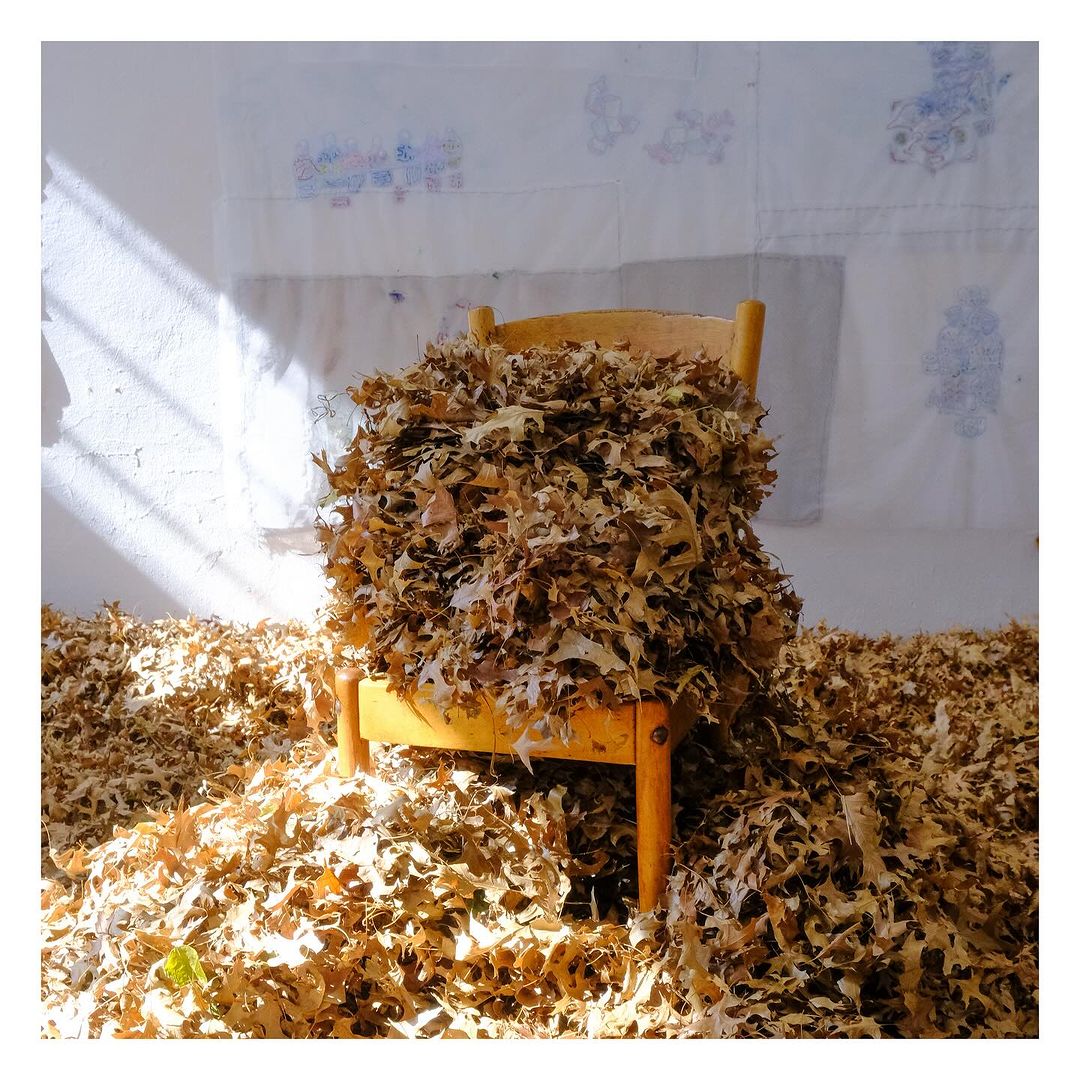

The project was initially titled “Le gae,” but out of respect for Atang Tshikare, a friend of Walaza, who has a work of the same name, the pair decided to change it to KO GAE. It wasn’t until March, during a meeting in Cape Town, that Walaza saw the physical pieces for the first time. At first, they struggled to find a venue that understood and embraced their vision. “It’s been very hard, I’m not gonna lie. This is the first time we got a space that really understood what we wanted to do.”
During the talk, Sibeko highlighted how his work felt more at home abroad. At home, he said, there is the constant pressure artists feel to justify their work. “Because you feel like there’s eyes that are looking at you, right? You feel like, okay, I can’t hang this. The minute I hang it, someone’s going to come and be like […] why did you hang it? And I’m like, I want to make a good play. You know, I just finished it and I was like, okay, let’s hang it. […] So, there was that barrier of what is presentation and what is not presentation.”
Sibeko’s reflections on the contrast between creating in South Africa and Europe reveal deeper cultural and systemic issues. But when I pressed him on why he would bother coming back to share his work here if local audiences didn’t get it, he relented. “No, they don’t [get it]. Right? They don’t get it,” he said about European audiences. Sharing a story from Leipzig, he recounted, “I woke up one morning and there was snow. And then I felt like, okay, cool, it’s [my] first time seeing snow, I want to play on snow. […] They invited an artist to play, right? But then that play got me arrested for public disruption and public indecency.”
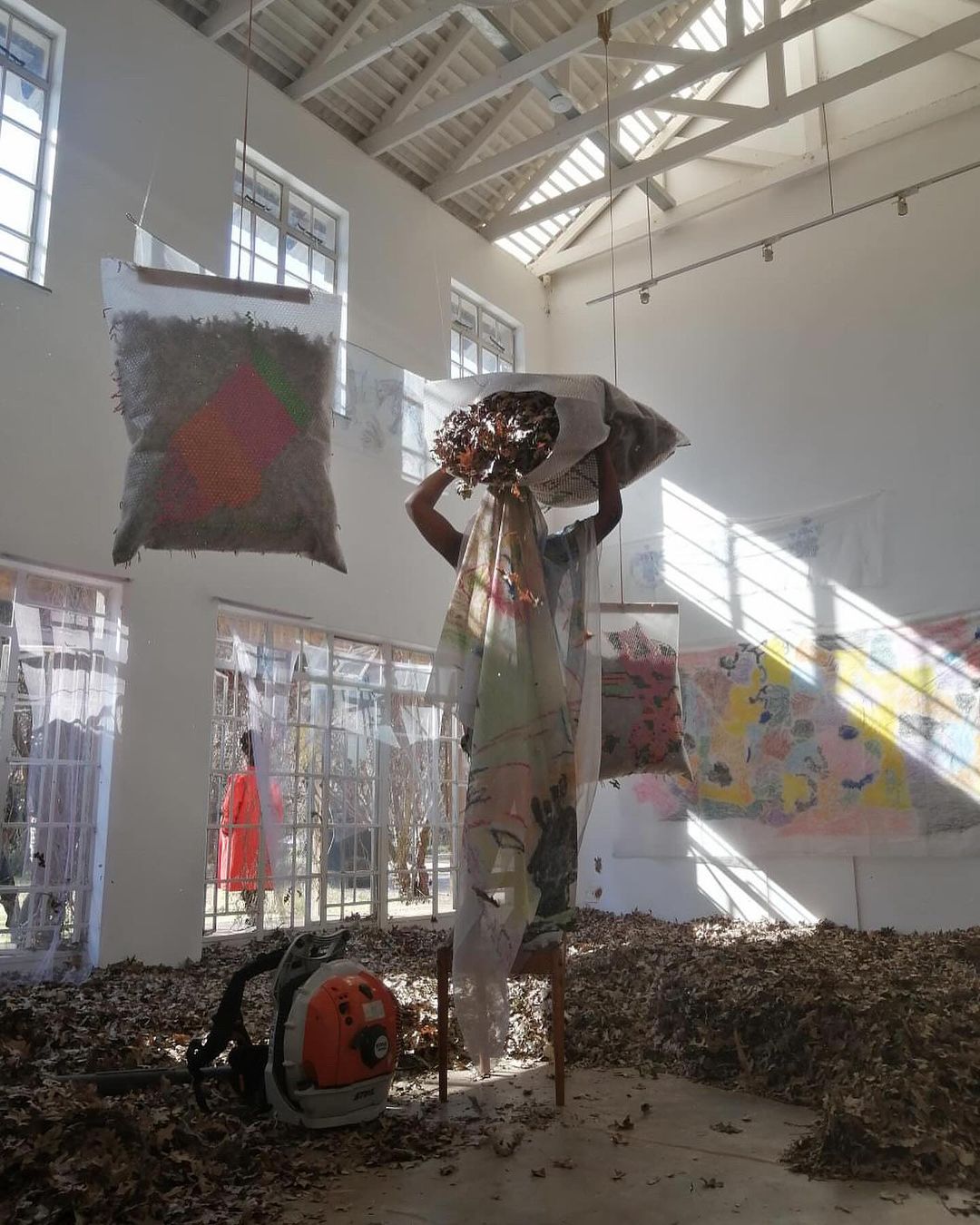

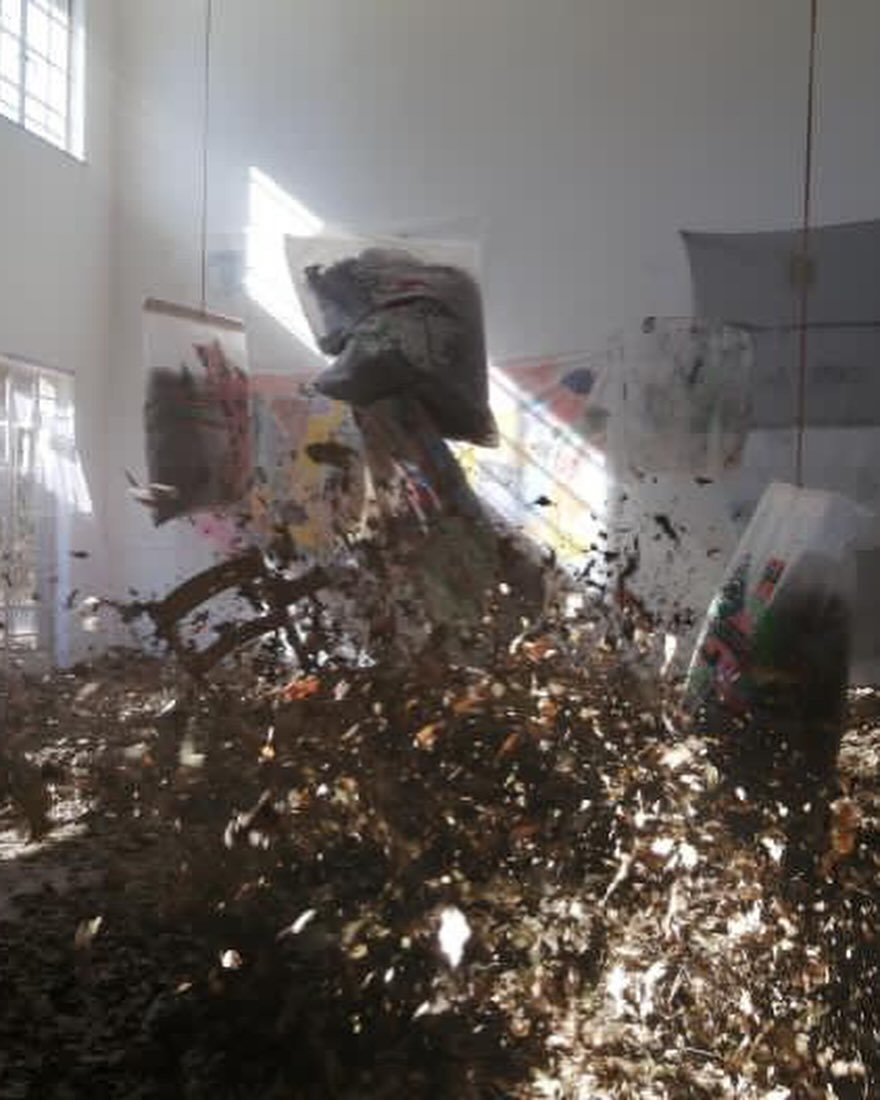
Herein lies the sticky nuance of Sibeko’s often disruptive practice. While Europe might offer more resources and opportunities, it often ignores the depth and intent behind the work. Conversely, South Africa demands meaning and context, sometimes stifling the spontaneous, playful essence of a lot of work. As an audience member emphasised, “People in South Africa are not going to bullshit you because we are your people. You know, and then what does that mean, right? In the fact that people are constantly challenging you.”
Walaza reiterated that this is not a traditional gallery-style presentation, but an experimental and interactive space designed to evoke the inner child in its visitors. And yet it is inspired by Sibeko’s personal history—growing up as an orphan and constantly moving from place to place—KO GAE seeks to archive memories and explore themes of nomadism and belonging. “From the age of one to ten years old, he grew up with his grandmother. And then his grandmother passed away, and the last words she said to him were, ‘Don’t forget to play.’”
KO GAE seems to be advocating for local creative spaces where artists can truly be free. Despite challenges in South Africa’s reception of experimental art, the duo appears here to have cultivated a supportive environment, witnessed on the 23rd by an audience that was both agreeable and warm. Their residency at NIROX promises future projects and connections, with plans to expand their work to Vancouver. Speaking back to carving out space for his work, Sibeko concluded, “The more you hate me, the more I want to play.”
